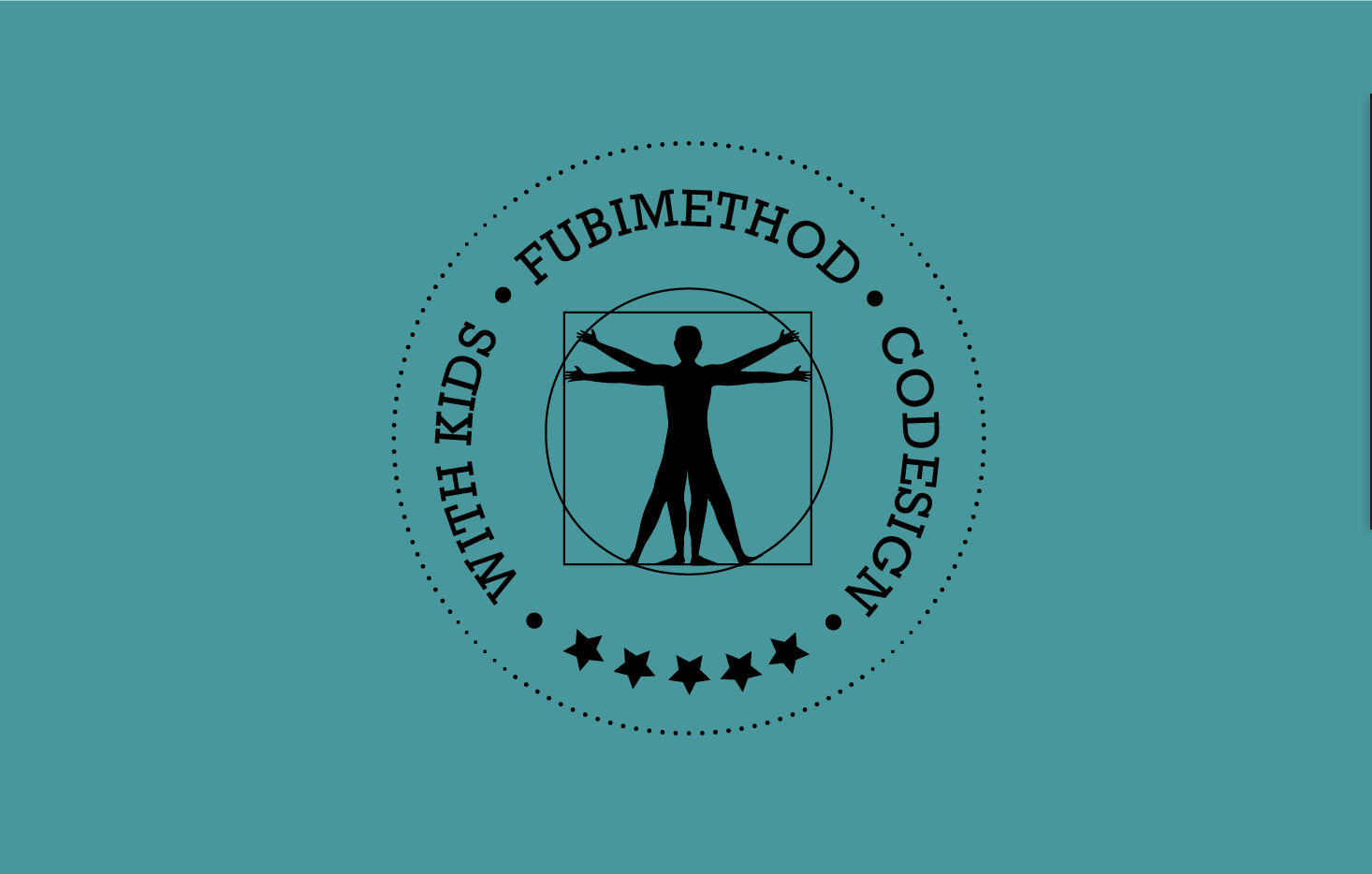
The main goal of the FUBImethod (Full-Body Interaction co-design method) is to help interaction designers in Full-Body Interaction to guide intergenerational teams (children, designers, topic experts, etc.) and their design sessions with a number of techniques to foster body awareness and making the body be the focus and protagonist during the design. The method is structured in six stages: (1) Defining a Common Ground, (2) Defining Context and Goal Appropriateness (3) Awakening Embodied Awareness, (4) Translating Embodied Experience, (5) Prototyping Embodied Experience and (6) Understanding Embodied Experience.

Benefits:
- Engage children in co-design processes and to benefit from their natural playfulness and expertise in movement
- Give high priority to providing tools that make children understand how their bodies mediate their experience of the world
- Help to propose computer-based activities in which the body plays a meaningful role
- Propose strategies to strengthen children’s perspectives in the design process
- Achieve a common agreement in the design goals and choices within the rest of the team
References
Marie-Monique Schaper, Ole Sejer Iversen, Laura Malinverni, Narcis Pares. (2019). FUBImethod: Strategies to engage Children in the co-design of Full-Body interactive experiences. International Journal of Human-Computer Studies., 132: 52-69. DOI= http://doi.org/10.1016/j.ijhcs.2019.07.008
Examples how to use the FUBIMethod in design research projects:
Marie-Monique Schaper and Narcis Pares. (2021). Co-design Techniques for and with Children based on Physical Theatre Practice to promote Embodied Awareness. ACM Trans. Comput.-Hum. Interact. 28, 4, Article 22 (July 2021), 42 pages. DOI:https://doi.org/10.1145/3450446A
Marie-Monique Schaper. (2019). Co-design strategies with children in Full-Body Interaction for situated non-formal learning experiences. Universitat Pompeu Fabra. https://www.tdx.cat/handle/10803/665482